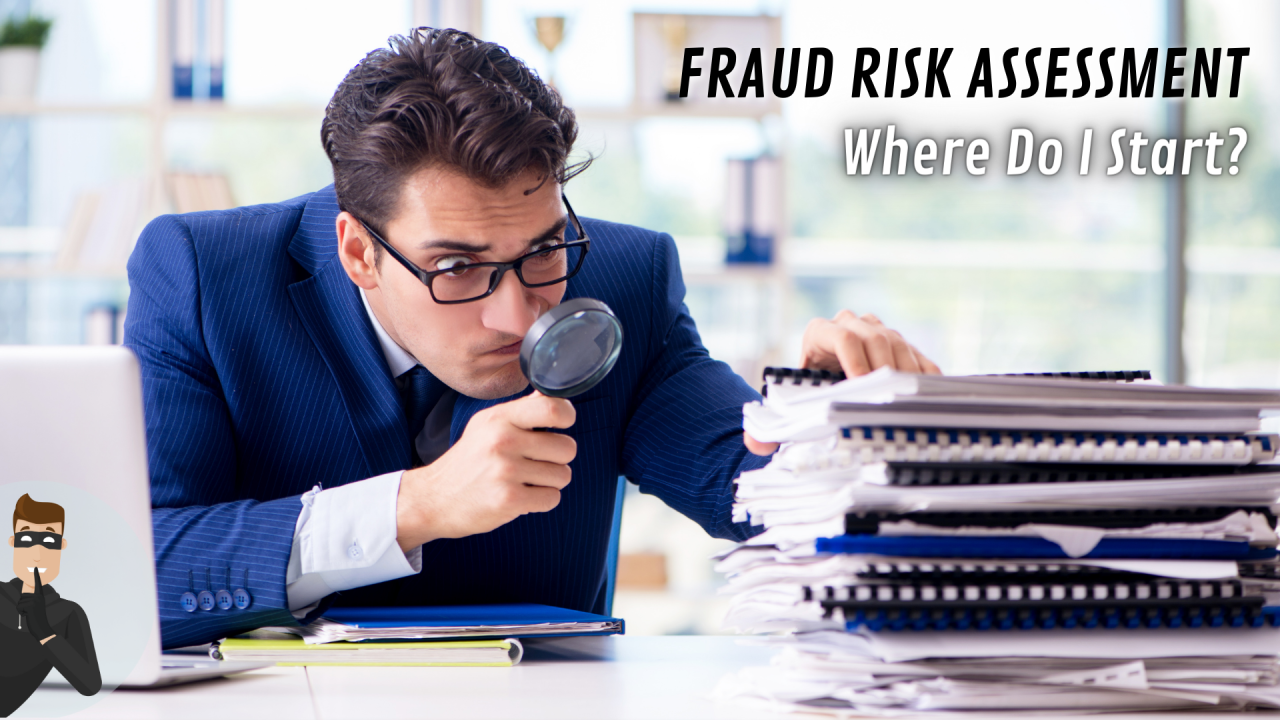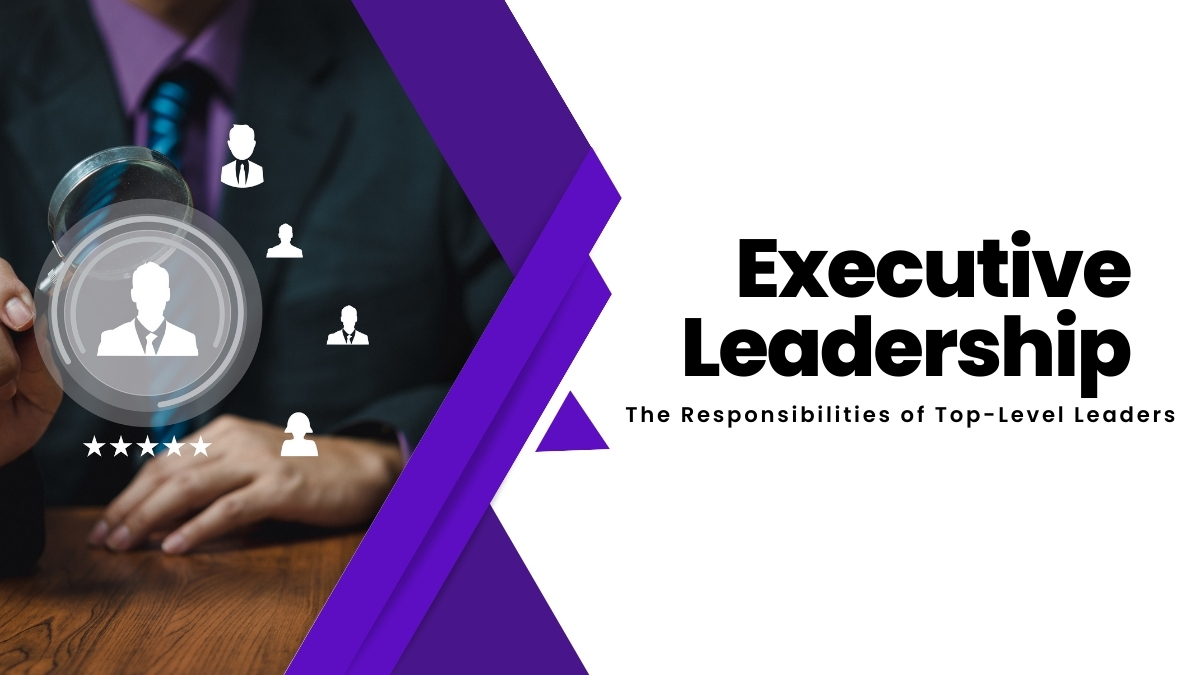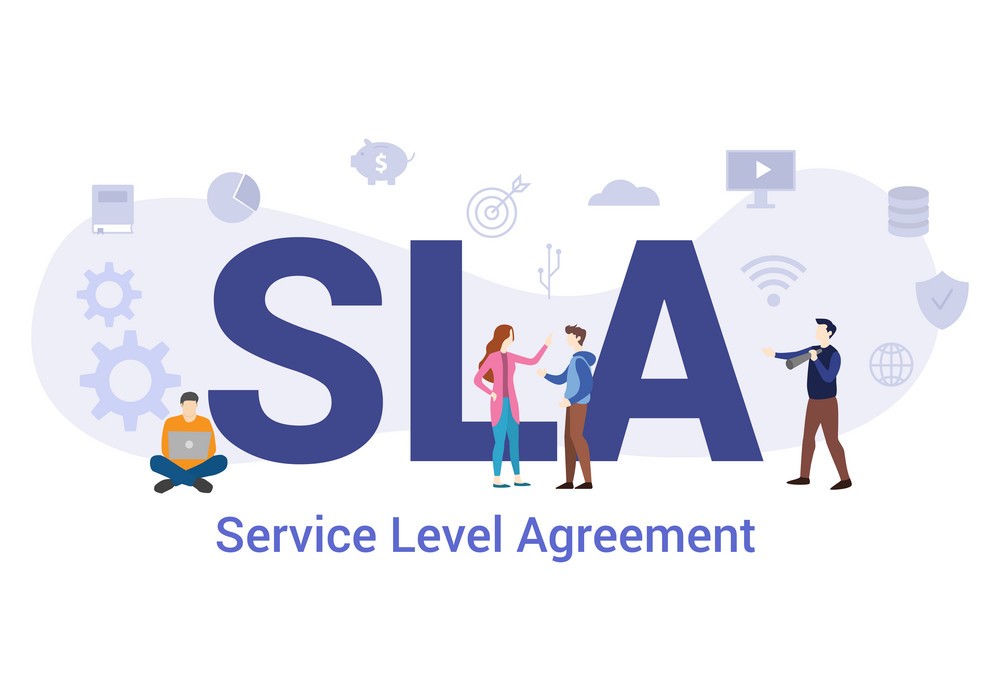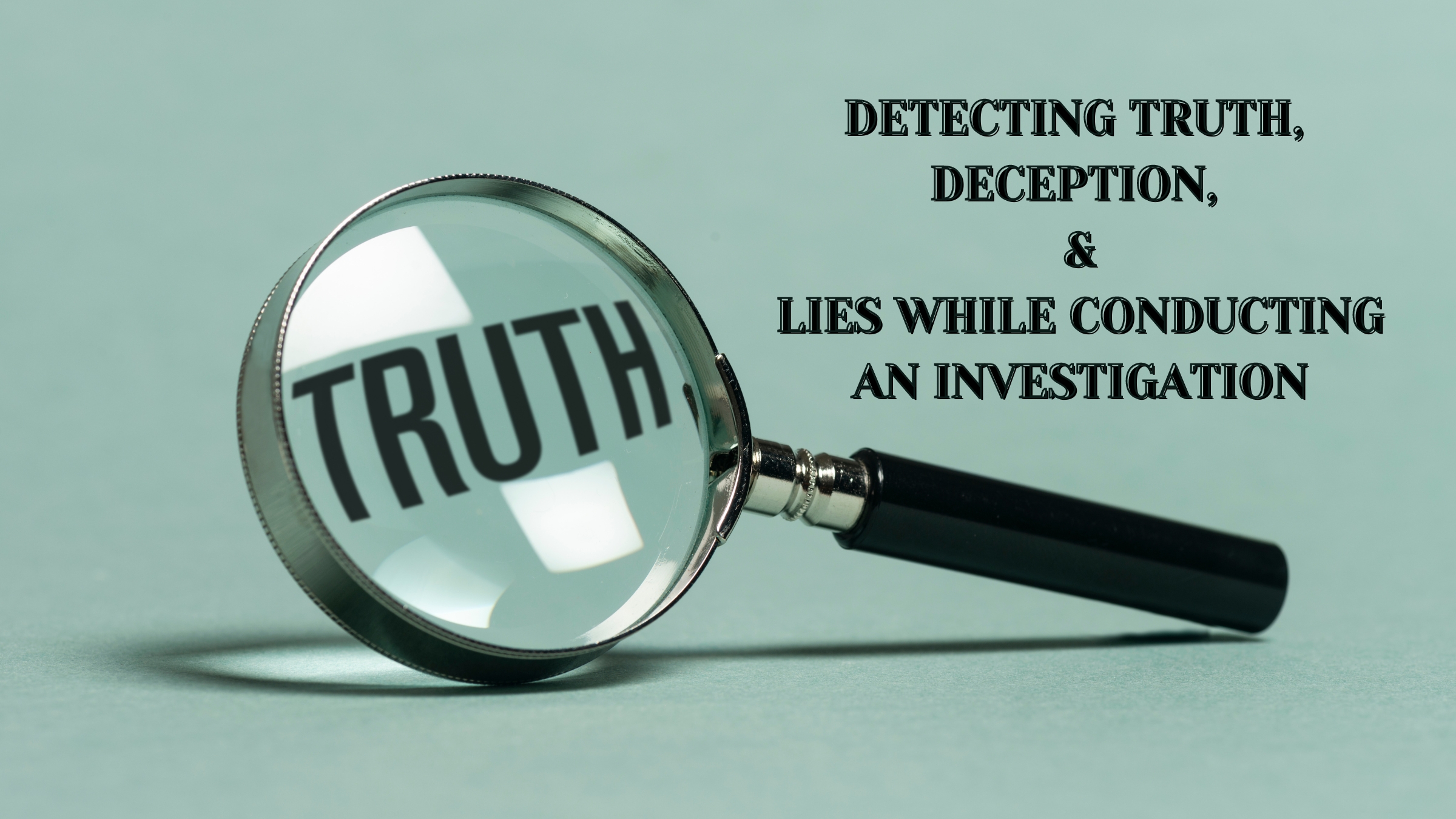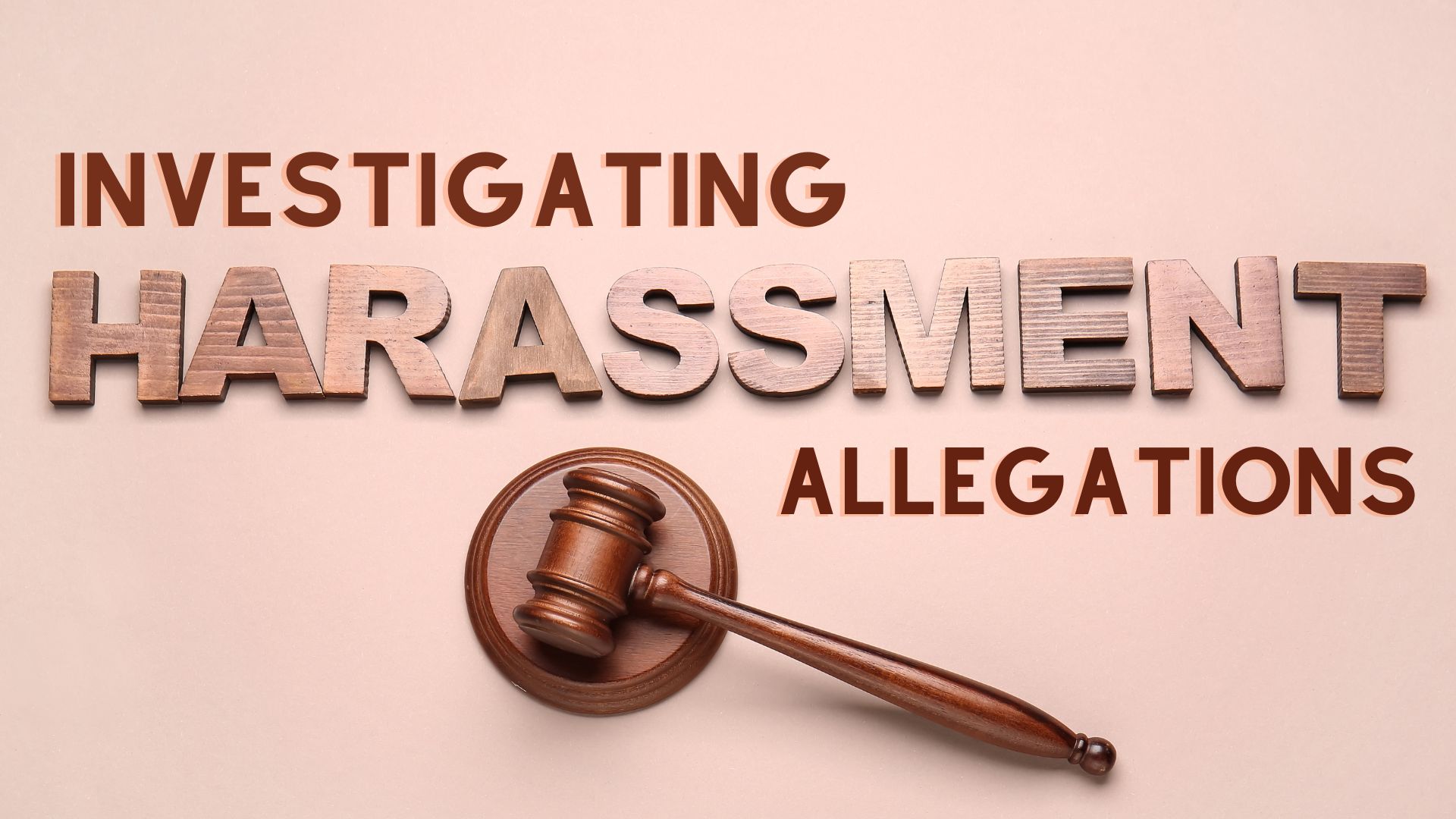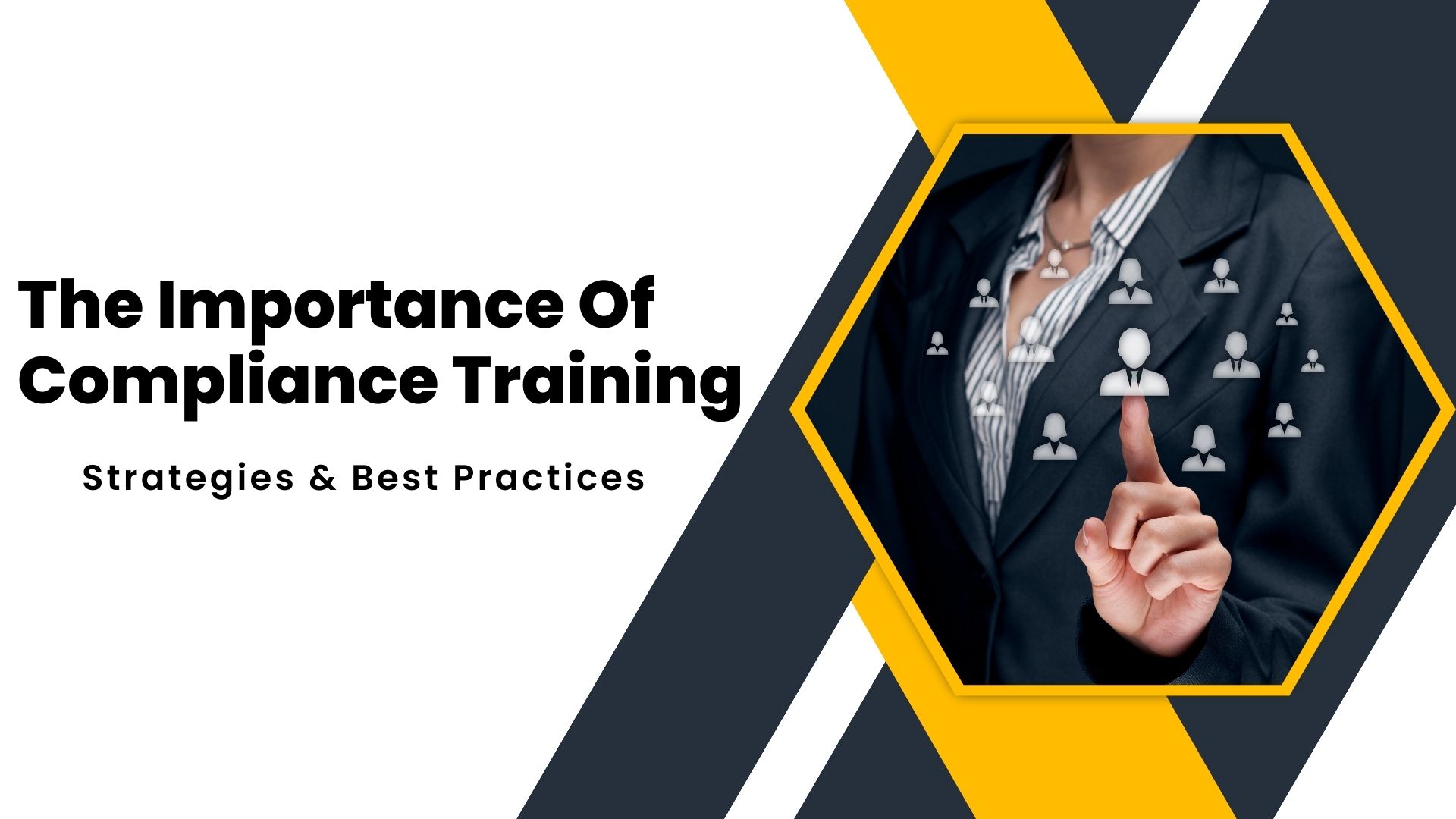Why Your Organization Should Consider a Fraud Risk Assessment
Fraud, an ever-expanding threat, looms over businesses and industries globally. The Association of Certified Fraud Examiners (ACFE) reports that organizations lose a substantial 5% of their revenue to fraud annually. What's more, about half of these losses could be prevented through robust internal controls. This issue extends beyond financial impacts, as consumers paid a staggering $2.6 billion to business impostors in 2022 alone, according to the Federal Trade Commission.
So, how can businesses protect themselves and their customers? The key lies in a strategic and proactive process known as a fraud risk assessment. In this article, we will explore why conducting a fraud risk assessment is crucial, outline various types of fraud risks organizations may face, discuss methods for identifying and managing these risks and provide a step-by-step guide on how to conduct an effective fraud risk assessment.
Understanding the Benefits of Fraud Risk Assessment
Fraud risk assessment isn't just a compliance checkbox but it's a linchpin in an organization's Governance, Risk and Compliance (GRC) strategy. Let's break down the benefits it brings to organizations clearly and understandably:
1. Proactive Risk Management
By carefully assessing fraud risks, organizations gain insights into potential vulnerabilities, and also it empowers them to install preventive controls before fraud can take root & foster a proactive approach that fortifies the organization's defenses against potential threats.
2. Safeguarding Financial Resources
Fraudulent activities can inflict substantial financial losses. Fraud risk assessments act as financial guardians, enabling organizations to fortify their assets and protect their financial resources against the insidious grasp of fraud.
3. Reputation Preservation
Fraud incidents tarnish an organization's reputation and erode customer’s trust. Mitigating the likelihood of fraudulent activities through risk assessments serves as a shield, preserving the organization's hard-earned reputation and maintaining customer confidence.
4. Regulatory Compliance
In an era of stringent regulatory requirements, a robust fraud risk assessment aids organizations in navigating the complex landscape of compliance. This ensures adherence to industry-specific regulations, shielding the organization from legal ramifications and regulatory penalties.
Navigating the Landscape of Fraud Risks
Fraud risks, like other forms of risk, can manifest as internal or external threats. Internal fraud involves exploitation by internal entities, such as employees or vendors, while external fraud emanates from actors outside the organization. Here are some common types of fraud risks that organizations should be aware of:
1. Financial Reporting Fraud
This occurs when internal parties intentionally manipulate or misrepresent a company's financial performance. Activities include revenue recognition fraud, manipulation of asset valuation, fictitious transactions, and intentional mis-statements in financial reports.
2. Non-Financial Information Fraud
Similar to financial reporting fraud, this risk involves falsifying or misrepresenting non-financial data, such as operational metrics, customer information, or compliance records. Consequences include inaccurate decision-making, compromised customer trust, and regulatory non-compliance.
3. Misappropriation of Assets
This risk materializes when internal parties steal or misuse company resources. It can be internal or involve external parties which may include embezzlement, theft, payroll fraud, and fraudulent expense reimbursements.
4. Illicit Acts
Referring to fraudulent activities that violate laws and regulations, illicit acts encompass both internal and external actors. Examples include bribery, corruption, money laundering, insider trading, and kickbacks with potential legal and financial consequences.
5. Regulatory Compliance Fraud
Arising from intentional non-compliance with industry-specific regulations, regulatory compliance fraud risks include violations of anti-money laundering requirements, data privacy regulations, or healthcare compliance standards.
Unraveling Fraud Risks: Identifying and Assessing
To effectively manage fraud risks, organizations must adopt a preventative stance. Here are some strategies that facilitate the identification and assessment of potential fraud risks:
1. Common Fraud Risk Areas
Certain organizational areas such as procurement, payroll, financial reporting, internal controls, and third-party relationships are more inclined to fraud risks. Identifying these common fraud risk areas enables organizations to target preventive measures effectively.
2. Fraud Triangle Theory
This well-established theory posits three factors contributing to fraudulent behaviors: opportunity, incentive, and rationalization. Understanding these components helps identify and mitigate fraud risks effectively. Opportunity refers to circumstances allowing fraud, Incentive relate to the benefits for the person involved and rationalization involves justifying fraudulent actions.
3. Techniques and Tools for Fraud Risk Assessment
A report by the ACFE highlights the impact of anti-fraud controls on reducing fraud losses. Utilizing dedicated fraud resources, data analysis, background checks, internal - external audits, and codes of conduct contributes to effective fraud risk assessment and management.
How to Conduct a Fraud Risk Assessment: A Step-by-Step Guide
Conducting a comprehensive fraud risk assessment involves a strategic approach. Here's a step-by-step guide to navigating these essential processes:
Step 1: Establishing a Fraud Risk Governance Structure
- Clear accountability is foundational for the Organisation.
- Create a governance structure to oversee fraud risk management activities, assigning roles, establishing policies, and ensuring effective communication and accountability.
Step 2: Identifying Potential Fraud Risks
- Evaluate organizational operations, processes, and systems to identify potential fraud risks.
- Leverage the fraud triangle theory to determine likely roles and departments prone to fraud, gather data, conduct interviews, and leverage industry-specific knowledge.
Step 3: Quantifying Likelihood and Impact
- Prioritize effectively by quantifying the potential impact and likelihood of identified fraud risks.
- Assess current controls & procedures to determine the likelihood of fraud occurrences.
- Evaluate the potential financial, and reputational cost against the likelihood to prioritize the risk and allocate the resources efficiently.
Step 4: Identifying and Implementing the Mitigation Techniques
- Develop and implement control measures based on risk assessment results.
- Strengthen internal controls, enhance monitoring systems, conduct regular fraud awareness training, and employ other mitigation techniques to address identified fraud risks.
Step 5: Monitoring and Reviewing
- Continuously monitor and review the effectiveness of implemented fraud risk mitigation strategies.
- Regularly assess the evolving risk landscape and operational changes, updating controls as needed to ensure ongoing compliance with fraud prevention measures.
Fraud Risk Assessment in Different Industries
Fraud risks exhibit variations across industries due to unique regulations, operating characteristics, and vulnerabilities. Here are a few fraud risk assessments in different sectors and their vulnerability points:
1. Financial Services
The sector, encompassing banking, fintech, insurance, and investment services, faces risks like money laundering, identity theft, insider trading, and fraudulent loan applications.
Robust anti-fraud controls, compliance with evolving regulations, and strong authentication processes are paramount.
2. Retail
Retail businesses encounter risks such as point-of-sale (POS) fraud, online payment fraud, shoplifting, and return fraud leading to the implementation of secure payment systems, customer authentication measures, and robust inventory controls which help to reduce these risks.
3. Healthcare
Healthcare and pharmaceutical companies are vulnerable to billing fraud, prescription fraud, and healthcare identity theft. Stringent compliance programs, thorough background checks, and effective monitoring systems are imperative.
4. Government
Government agencies and contractors confront risks related to procurement, contract mismanagement, and corruption. Transparent procurement processes, anti-fraud controls, and regular audits are crucial in the public sector.
Effective Fraud Risk Management Strategies
Achieving effective fraud risk management requires a holistic approach. Consider these strategies:
1. Training and Awareness Programs
- Regular training programs, educate employees about fraud risk, red flags, and ethical behavior.
- Fostering a strong anti-fraud culture, encourages employees to report suspicious activity, bolstering fraud prevention efforts.
2. Clear Fraud Policies and Procedures
- Comprehensive fraud policies and procedures provide guidelines for acceptable behavior, reporting mechanisms, and consequences of fraudulent activities.
- Clarity is crucial in navigating the complex terrain of fraud prevention.
3. Regular Monitoring and Review Processes
- Implement ongoing monitoring and review processes to detect and prevent fraud.
- Continuous data monitoring, internal audits, and periodic risk assessments contribute to a vigilant stance against potential fraud risks.
4. Incorporating a Fraud-Controlled Culture
- Create a culture prioritizing integrity, ethics, and compliance to prevent fraud.
- Fostering an environment where employees feel empowered to raise concerns and report potentially fraudulent activities fortifies the organization's defenses.
Towards a Fraud-Free Organization
Conducting a thorough fraud risk assessment is not just a best practice but it is a foundational pillar of building a risk-aware and fraud-free organization. By understanding the nuances of different fraud risks, identifying vulnerabilities, and implementing preventive measures, businesses can protect their assets, preserve their reputation, and ensure compliance with regulatory requirements.
In the dynamic landscape of fraud prevention, Skillpreceptor offers comprehensive Governance, Risk, and Compliance (GRC) training. This training, led by industry experts, helps organizations stay one step ahead of fraudsters, safeguarding their long-term success in an ever-evolving business environment.

